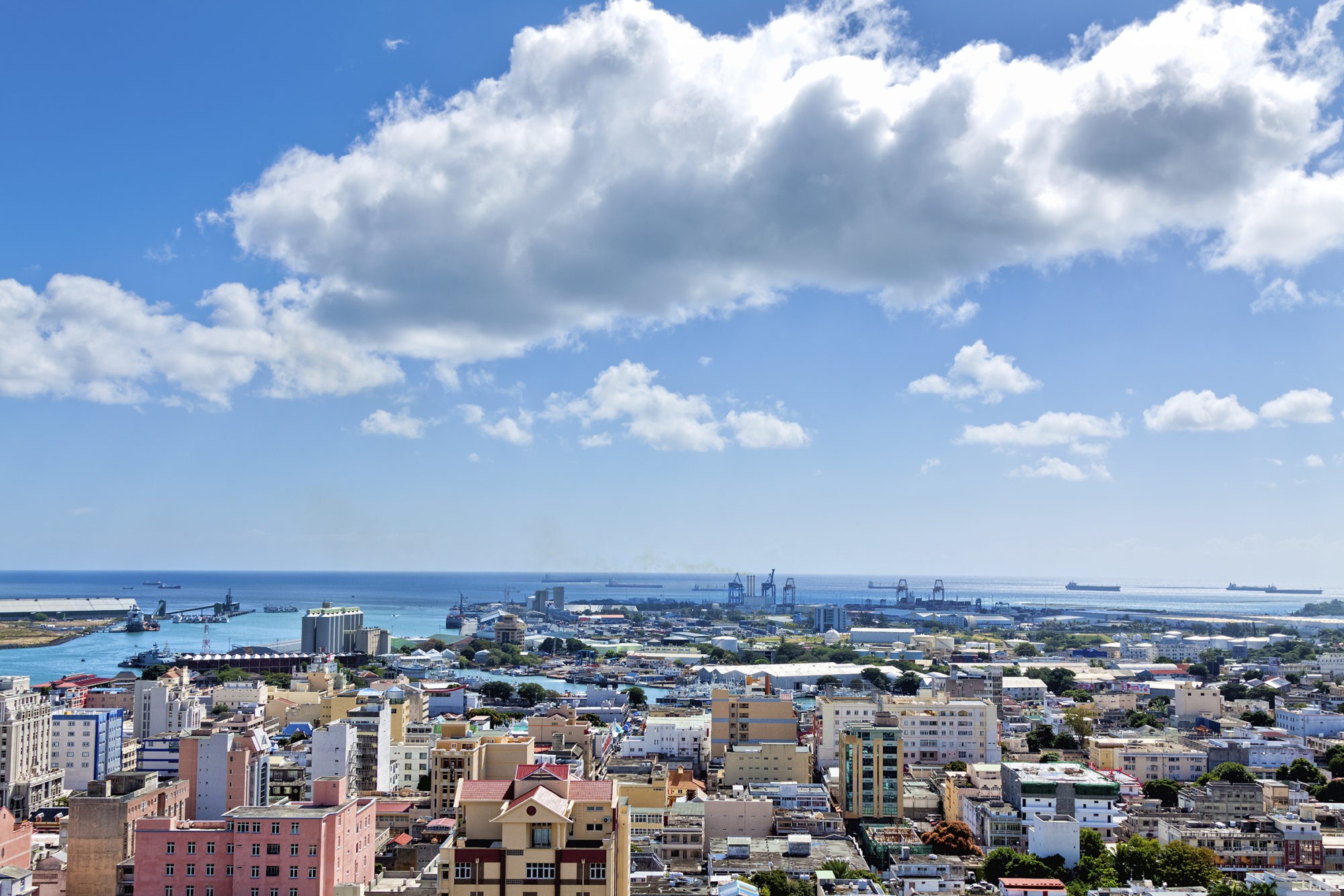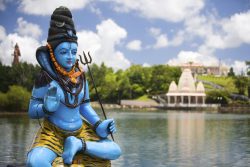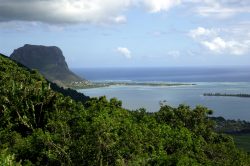Advertisement
Mauritius is internationally renowned as one of the world’s premier luxury holiday destinations, an idyllic island surrounded by crystal-clear waters, stretches of golden beaches, world-famous hotels and a delightful tropical climate all year round.
The island enjoys one of the highest rates of returning visitors in the world, thanks not only to its superb beach resorts, but also its history and culture.
In its entirety, the country includes the islands of Rodrigues and Agaléga, and the group of islands known as Saint Brandon, but it is the island of Mauritius that enjoys paramount popularity, especially the capital city, Port Louis.
Located in the western region of the Black River District, the city is swiftly developing into an appealing alternative for those wanting to evade the tourist-focused resorts and hotels and who are tempted by genuine traditions and customs. A working harbour since the 1630s, the port was visited by a number of different nations that christened it with various names. During the medieval period, the Arabs named it Dina Arobi, followed by the Portuguese, who referred to it as Cirne. The island was uninhabited until the Dutch Republic established a colony in 1638, with the Dutch naming the island after Prince Maurice van Nassau before it was changed to Isle de France when the French colonised it in 1735 and founded the city.
Named in honour of the French King, Louis XV, Port Louis became the country’s administrative capital. As governor, Bertrand-François Mahé de Labourdonnais was a pivotal figure in the port’s history and was responsible for its early development in the late 1770s, establishing it as a principal trade route from Europe to the East before the opening of the Suez Canal.
Today, the port remains the largest in the nation and is still the only official entry and exit port for sea vessels, which must be cleared there before docking at any of the other islands. The island’s hot, semi-arid climate remains the ideal condition to grow sugar, and the country enjoys a respectable reputation as one of the key global sugar producers. On average, sugar cane is cultivated on almost 72 000 hectares or 85% of arable land, and the island generates a staggering 6 000 tons of sugar each year, more than half of which is exported via ships docking at Port Louis.
Advertisement
This thriving industry has spawned a heady mix of cultures, and nowhere is this more evident than at Domaine Les Pailles. Nestled between the foothills of the Moka mountain range and a mere 10 minutes’ drive from the port, Domaine Les Pailles is a previously well-established sugar estate and an authentic Mauritian community that fuses traditional folklore and heritage with 21st-century pleasures.
Visitors can chart the city’s journey from Isle de France to the modern day and enjoy the thrills of a theme park, rides in horse-drawn carriages, a miniature railway, a working replica of a traditional ox-driven sugar mill, a rum distillery producing the estate’s own brew, a sensuous spice garden, a quad-biking circuit, museum and a children’s playground, as well as 3 000 acres of stunning landscape and four restaurant houses.
Further inland, the rich and diverse colonial history of the city is even more evident at the Place D’Armes, or the main town centre. Dating back to the 18th century, buildings such as the Government House exemplify typical French Colonial architecture. Influenced by strong colonial style, the tangles of streets and ethnic quarters have preserved an interesting selection of traditional houses encompassing basic wood, with shuttered windows and typically large verandas or porches.
Fort Adelaide was a citadel built during the reign of William IV and boasts a great view of the rest of the city, whilst Le Reduit, situated in the south of Port Louis, is the home of previous French governors and offers stunning well-manicured gardens. A little way outside the port is the quaint area of Mahebourg, located on the Vieux Grand Port. This is technically the oldest part of Mauritius and has a beautiful old French house dating back to the 18th century that is now used as a historic museum, as well as an artists’ village located in the museum gardens, built in historic Creole architecture.
As the most populous city, Port Louis’ 150 000-plus inhabitants are an ethnically diverse mix, with no official religion or national language recorded. Muslims, Hindus, Christians and Chinese live, work and enjoy a wonderfully relaxed lifestyle together and speak a combination of French, English and Creole. Food is an eclectic mix of these varying cultures, creating a kaleidoscope of popular dishes from Africa, Asia and Europe.
A vast expansion of the tourism industry in the late 1990s has led to considerable development in Port Louis, with an abundance of shops, hotels and restaurants being built in the Caudan Waterfront area, as well as local crafts, spice markets and live entertainment areas. Foreign investors enjoy a strong sense of security, financial stability, a solid legal framework, political stability and favourable legislation.
Sandwiched between the Indian Ocean and a stunning mountain silhouette, Port Louis successfully marries aspects of Mauritian modernity with authentic tradition and is a hub of political, cultural and economic activity. Fresh, clean air, sunshine that warms the heart and a seamless blend of cultures creates a wonderfully soothing feel to the place.
www.tourism-mauritius.mu



Looking for more info on investing & immigration to Mauritius. Txs Sheldon